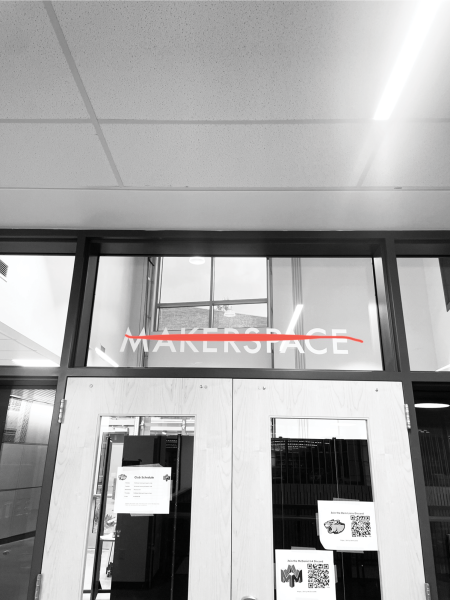District aims to use empathy to inform about drug usage, supports
Following the loss of two PPS students, whose deaths were related to fentanyl, district and local officials are emphasizing the impacts of the drug and are reaffirming and forming policies regarding the prevention and treatment of drug usage.
District and Multnomah County officials are particularly concerned about the rise of pills called “M30s” or “Blues,” which look identical to pharmaceutical oxycodone but are laced with fentanyl, according to the Multnomah County website.
“The tablets are so well-made that even experienced users say they can’t tell the difference between a counterfeit pill and a pill manufactured by a pharmaceutical company,” Jennifer Vines, regional health officer of Multnomah County, said during a press conference on April 20, 2021. “However these pills are laced with fentanyl, a powerful synthetic opioid, similar to morphine but up to 100 times more potent.”
Kelsi Junge, Multnomah county’s harm reduction program supervisor, was attributed on the county website as saying: “It takes an expert to tell a fake pill from a real one, the best way to prevent an overdose from counterfeit pills is to avoid any pills from friends, sold on the street, or obtained through websites that don’t require a prescription.”
The county also warned that the pills could have widely varying amounts of fentanyl and could pose fatal threats to both first-time and longtime users.
The county website also stated that:
“Fentanyl can make a person stop breathing and counterfeit pills are especially dangerous because the amount of fentanyl varies from pill to pill, even in the same batch. Just two milligrams of fentanyl— the weight of a mosquito— in a pill could mean death. Even people who have a high tolerance for opioids face an increased risk of death.”
Amanda Cort, family nurse practitioner at the health clinic here, says the district has recently adopted policies regarding treating overdoses in schools, including introducing Narcan to schools, a medicine which is used to reverse opioid overdoses.
“We do have Narcan here in the clinic, and I believe all schools in the district are now carrying Narcan,” Cort said.
Cort, however, stressed that Narcan was an absolute last resort and that it was critical to identify people struggling with drug usage and provide treatment before that point.
“For someone that’s currently using fentanyl they may be drowsy or slurring their speech… they may be less responsive or hard to reach,” Cort said. “The pupils of the eyes constrict… they may be slower to respond, they may be changing their behavior in other ways.”
Cort added, however, that the most universal thing to look for was unexplained or erratic changes in behavior such as major changes to their sleeping or eating schedule, or personality changes.
Because of the extreme risk posed by these pills, district and county officials have emphasized the importance of education and prevention.
Mary Stevens-Krogh, coordinator of substance use support at PPS, said the district has compulsory education for all K-12 students regarding the dangers of drugs and alcohol as well as counselors to assist in the education of students.
“What we have are CADCs, (Certified Alcohol and Drug Counselors) part time in all of the high schools and available to support the middle schools,” Stevens-Krogh said. “We also have three different lessons that schools can use about fentanyl and opioid overdose.”
These lessons are available on the Student Success and Health department homepage under the “Healthy Choices Bulletin” section.
While the district has placed special emphasis on prevention strategies, they have also taken several measures to address existing drug usage as well.
James Loveland, senior director of student success and health at PPS, said that the district is seeking to address existing drug usage with empathy and compassion over punitive action.
“Students can no longer be expelled for substance use, regardless of the number of discipline violations that they have,” Loveland said. “Students who self-disclose their own [drug usage] will not face any punishment.”
While PPS policy still prohibits drug usage on campus, the district aims to support those with substance abuse problems in a restorative way.
Loveland says that all CADCs are also trained to perform screenings and assessments on students suspected of using drugs, host and facilitate support groups, and help students access drug treatment programs outside of PPS purview.
If you or a PPS student you know is struggling with substance abuse, it is strongly encouraged by the district that you reach out to their schools administration or to an official within the district.
Ian is a Senior, and they are passionate about writing, history and the outdoors. People describe them as witty, observant and intelligent. They love being a journalist because they love informing people about what is going on in the world.







